test d'huile de transformateur
Transformer oil testers (Which is in the Test d'huile de transformateur Kit) are essential tools in electrical engineering, used to assess the condition and performance of insulating oil within transformers. Regular testing of transformer oil is crucial for maintaining transformer health, preventing failures, and ensuring efficient operation.
-
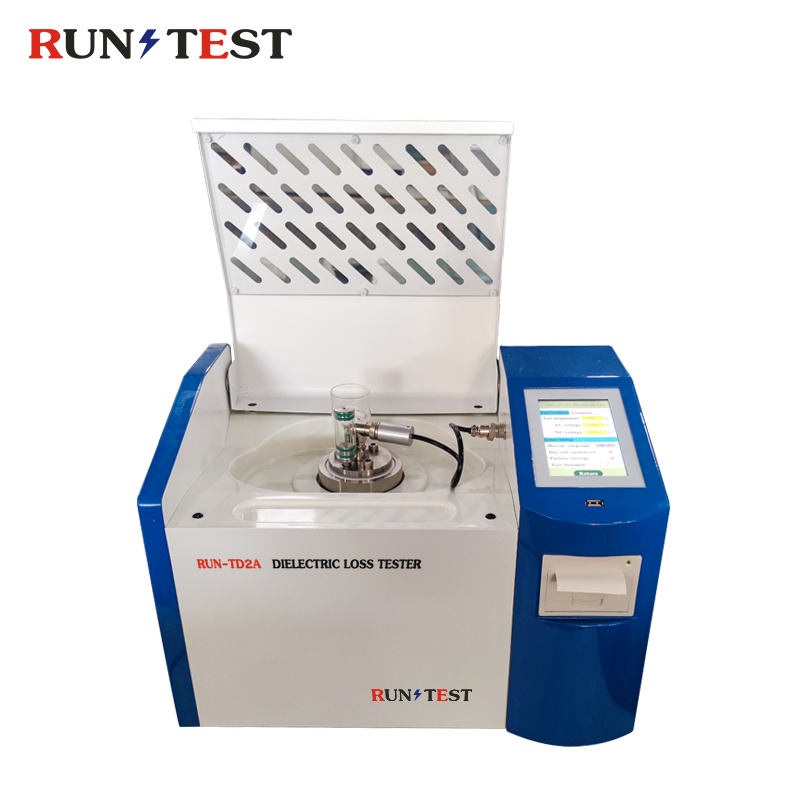
Testeur automatique de perte diélectrique de transformateur Testeur de dissipation de capacité Tan Delta
-

Équipement de test automatique de la plage de distillation
-
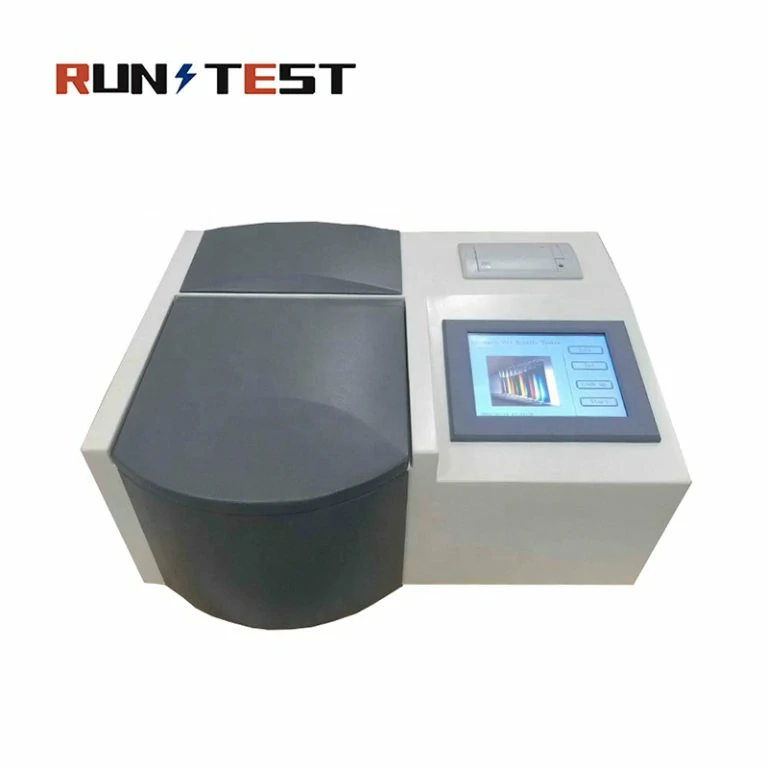
Equipement de laboratoire Testeur d'indice d'acidité des produits pétroliers solubles dans l'eau
-
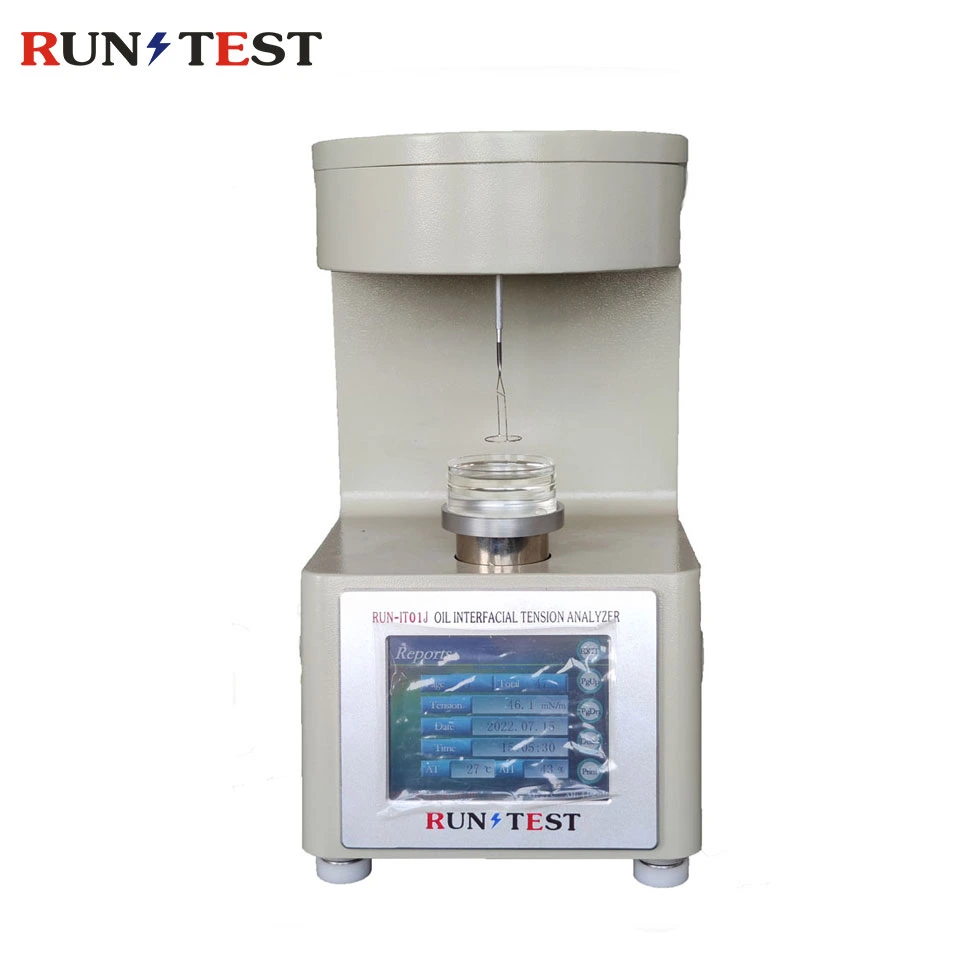
Tensiomètre de surface d'huile Testeur de tension interfaciale d'huile
-
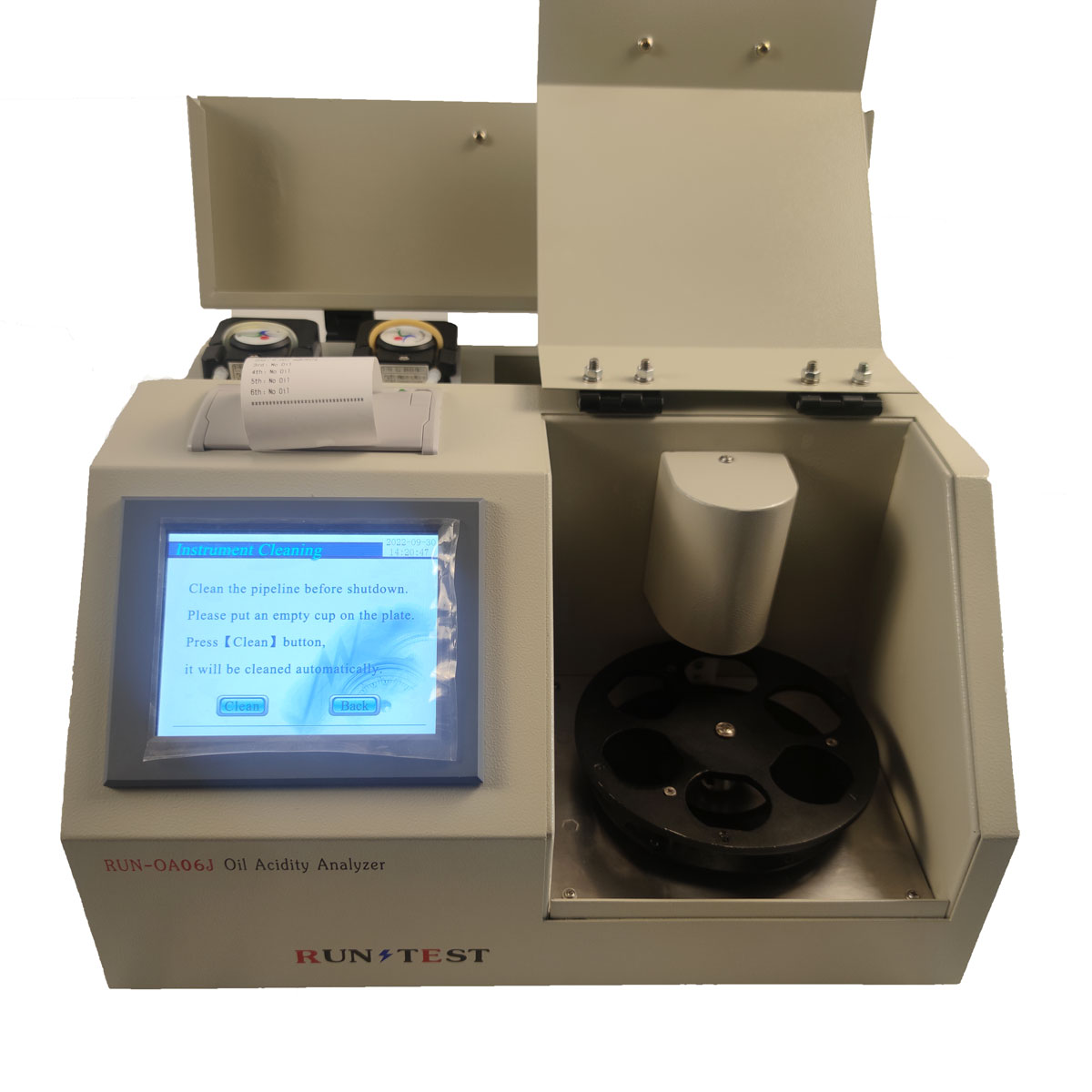
Testeur d'indice d'acidité de l'huile de transformateur par méthode d'extraction automatique
-
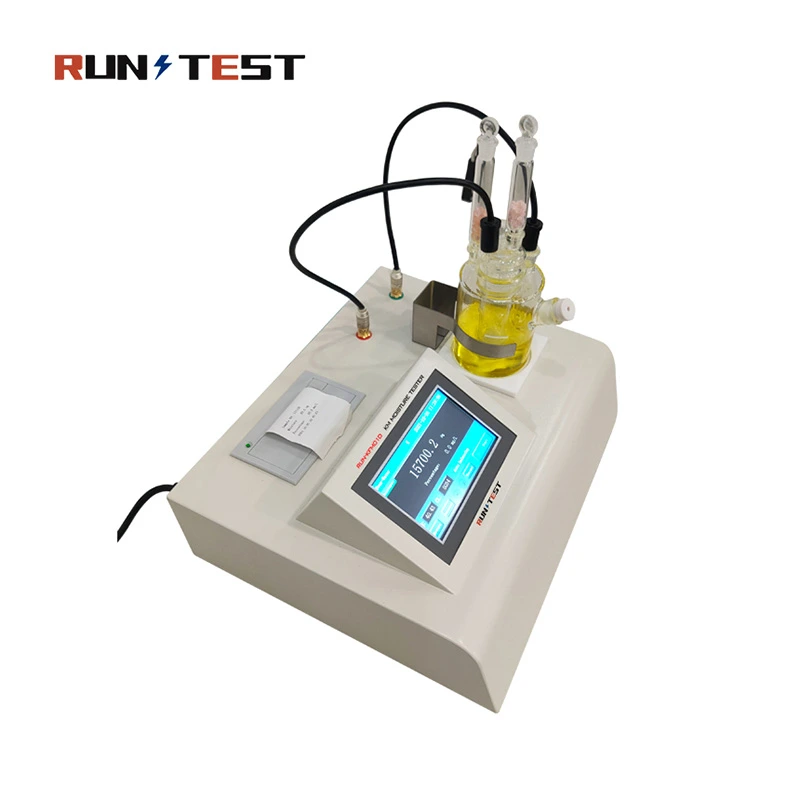
Machine de test d'humidité de trace de transformateur d'huile respectueuse de l'environnement avec prix d'usine
-
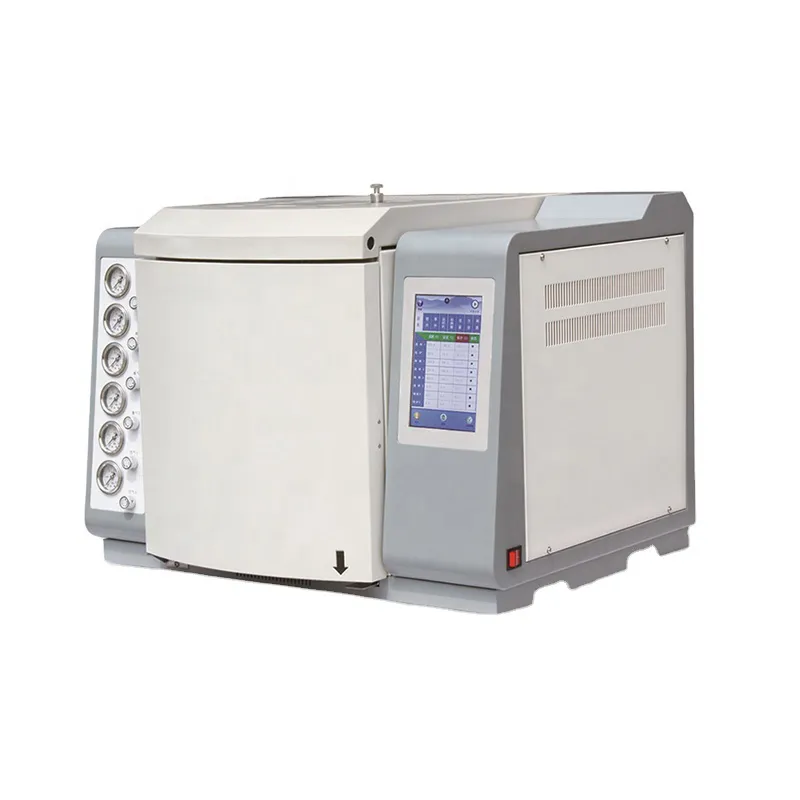
Analyseur de gaz dissous par chromatographie en phase gazeuse pour l'huile de transformateur
-
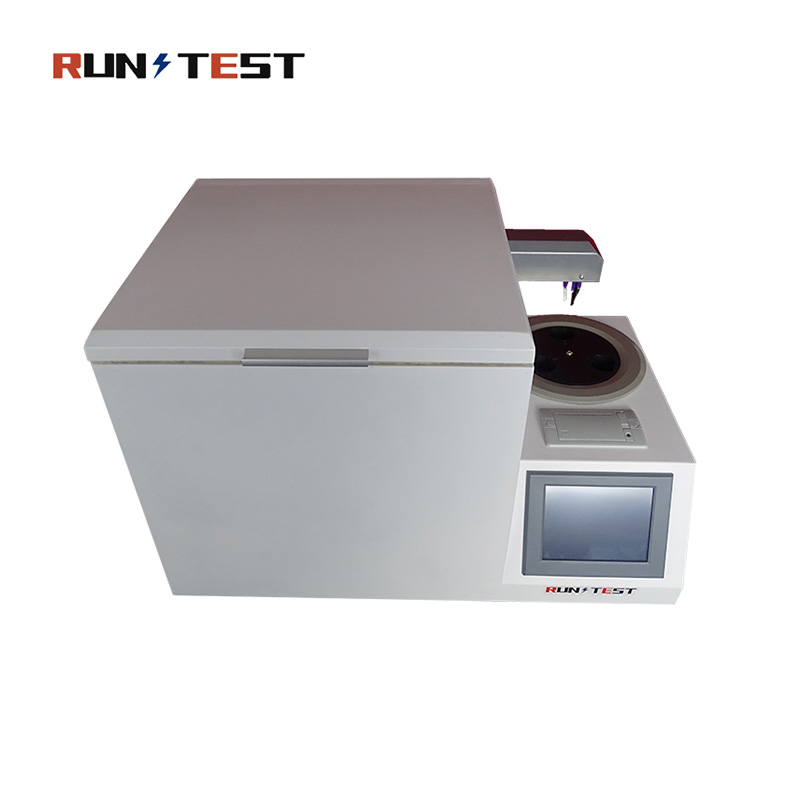
Instrument d'analyse de la valeur de l'acide soluble dans l'eau de l'huile de transformateur
-
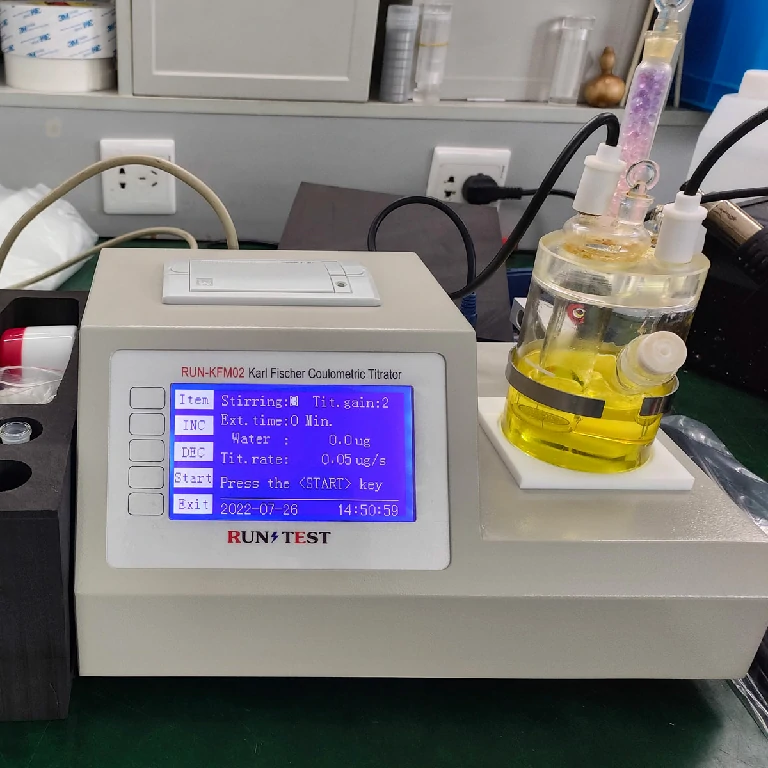
Titrateur coulométrique Karl Fischer
Transformer Oil Testing: Key Tests Using Transformer Oil Testers
1. Dielectric Breakdown Voltage (BDV) Test
Objet : Measure the voltage at which transformer oil loses its insulating ability, which signals contaminants like moisture or particles.
Procédure : Place an oil sample between two electrodes with a set gap. Gradually increase voltage until the oil breaks down, and record this voltage.
Importance : A low BDV value signifies the fact that the insulation is not achieving the desired performance, thus the need of oil cleaning or replacement.
2. Dissolved Gas Analysis (DGA)
Purpose: The gas content of the oil indicates the abnormal conditions of the transformer, such as corona, overheating, or insulation fault.
Procedure: Checking the oil samples with gas chromatography, as well as determining gases such as hydrogen, methane, ethylene, and acetylene, is a doable way.
Significance: There were detected specific gas patterns that are indicative of issues in transformers before they break down.
3. Moisture Content Analysis
Purpose: Measure water in the oil, as moisture weakens insulation.
Procedure: Use methods like Karl Fischer titration to measure water content in parts per million (ppm).
Significance: High moisture reduces insulation strength and speeds up aging.
4. Interfacial Tension (IFT) Test
Purpose: Check for polar contaminants and oxidation products in the oil.
Procedure: Measure the force needed to separate the oil-water interface.
Significance: Low IFT values show oil contamination or degradation.
Using transformer oil testers for these tests helps engineers make smart decisions about maintenance, oil cleaning, and transformer management. This keeps power systems reliable and efficient.
